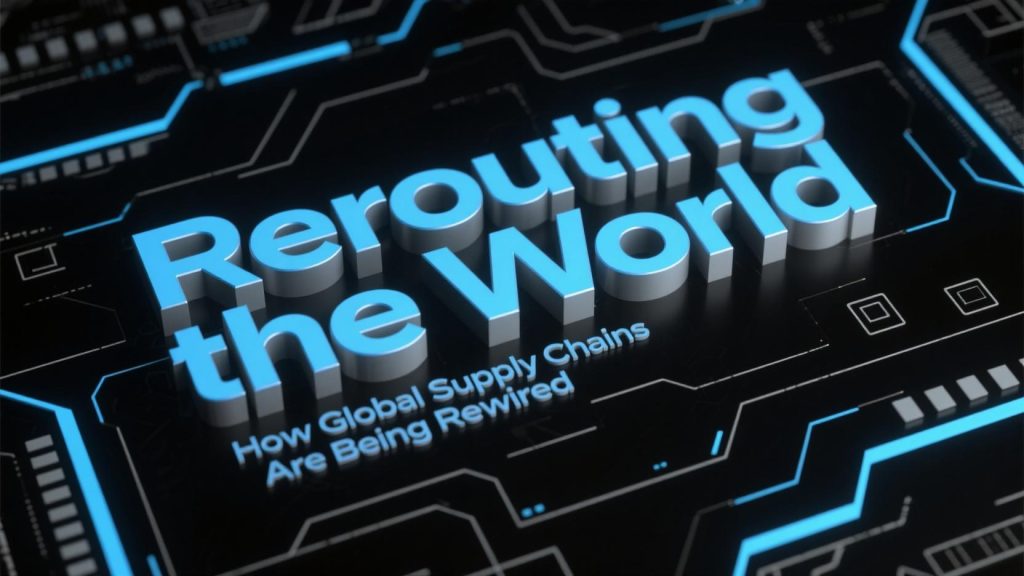Why Ports in Vietnam and Mexico Are Overtaking Old Giants
In 2025, global trade flows look dramatically different from just five years ago. The post-pandemic landscape, combined with rising geopolitical tensions and a surge in automation, has forced companies to restructure their global supply chains at an unprecedented scale.

Goodbye Single Source, Hello Strategic Diversification
Multinational corporations once relied heavily on China-centric manufacturing hubs. But recent years have seen a strong pivot to “China +1” or even “China +3” strategies. Tech giants like Apple and Samsung are now sourcing components from Vietnam, Mexico, and India, driven by both risk diversification and favorable trade agreements.
For example, Mexico’s trade volume with the U.S. surpassed China’s for the first time in 2024 — a result of USMCA integration and nearshoring incentives.
Ports Tell the Story
Shipping activity at Hai Phong Port in Vietnam grew 29% year-on-year, while Lázaro Cárdenas in Mexico is now handling more electronics than the Port of Los Angeles. These aren’t just data points — they signal a broader trend of decentralized supply architecture, where smaller, agile economies are becoming critical logistics nodes.
New Logistics Hubs, New Risks
But with new hubs come new vulnerabilities. Vietnam’s power grid is under pressure, and Mexico faces ongoing infrastructure bottlenecks. Companies are investing not only in factory relocation, but in digital twins and real-time risk management AI to monitor port congestion, labor strikes, and regulatory shifts across continents.

Global Trade Is Becoming Regional
Trade blocs like RCEP in Asia, USMCA in North America, and the African Continental Free Trade Area (AfCFTA) are encouraging more intra-regional supply chain loops. These smaller trade “bubbles” are becoming essential for maintaining resilience in an unpredictable world.
Key Takeaway
The old world of centralized mega-suppliers is fading. In its place, a web of regional hubs, digitized oversight, and supply chain agility is taking hold — rerouting not just goods, but the future of global commerce itself.
